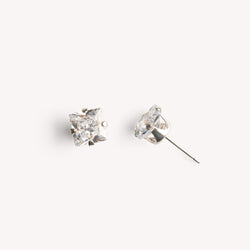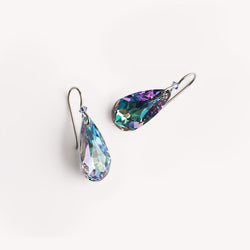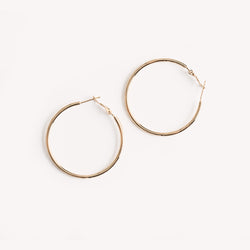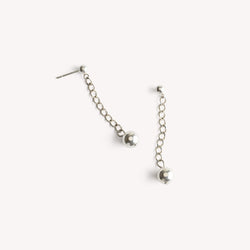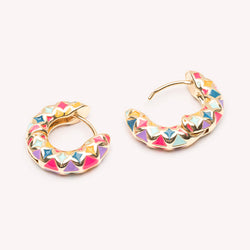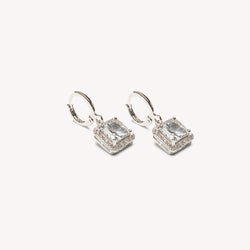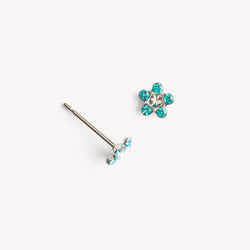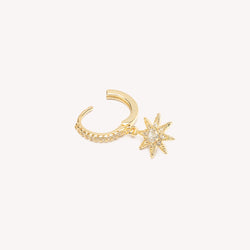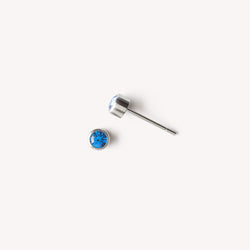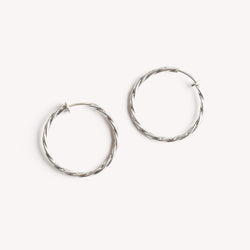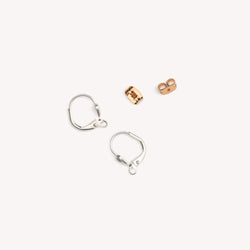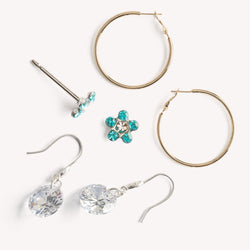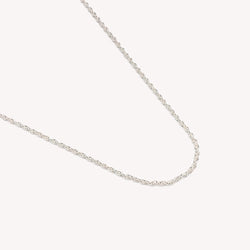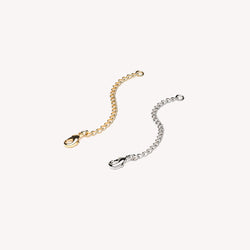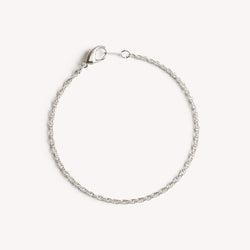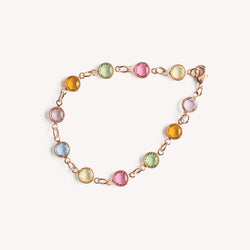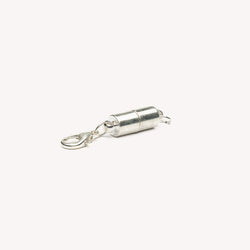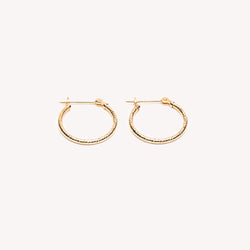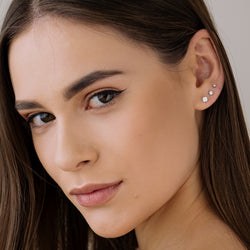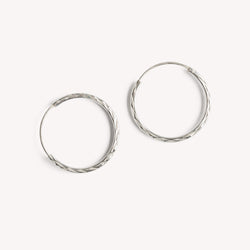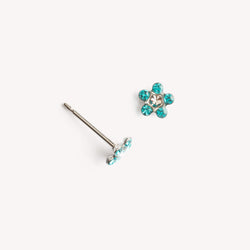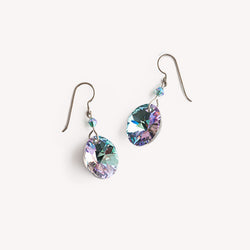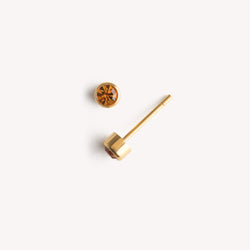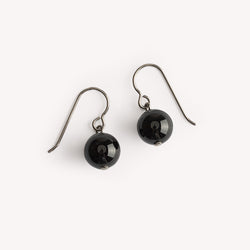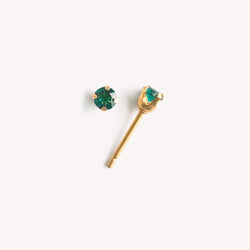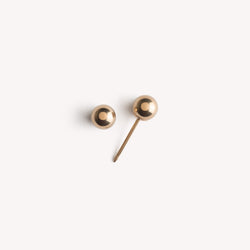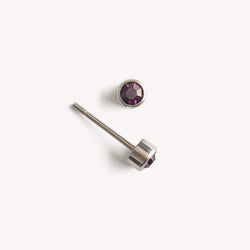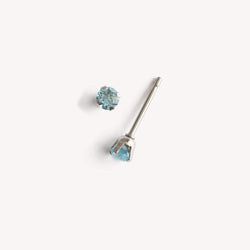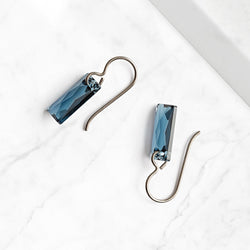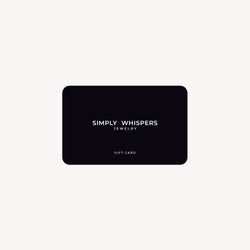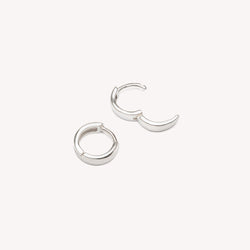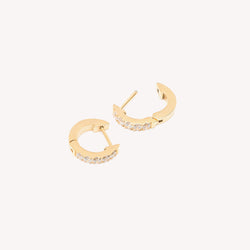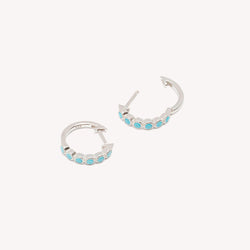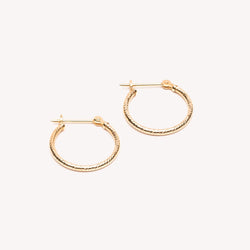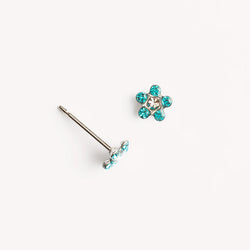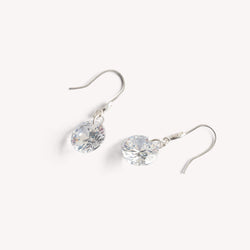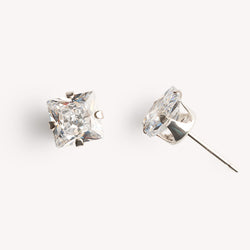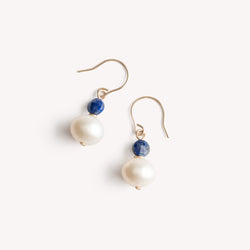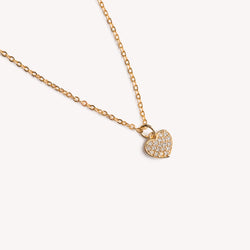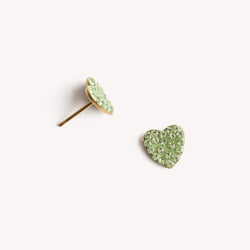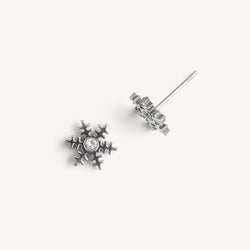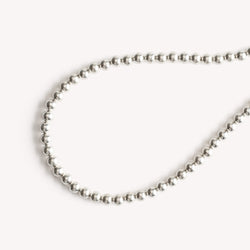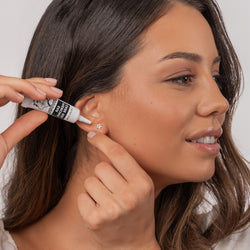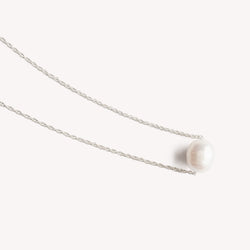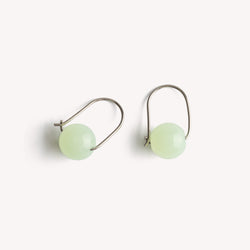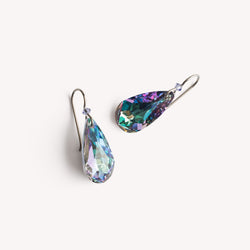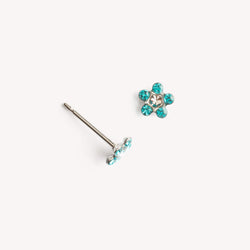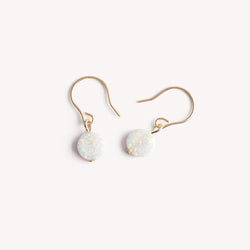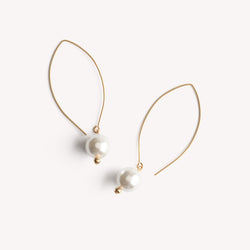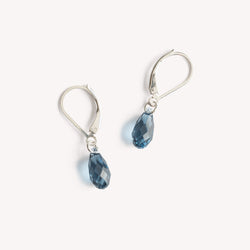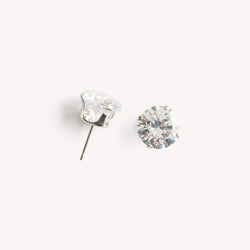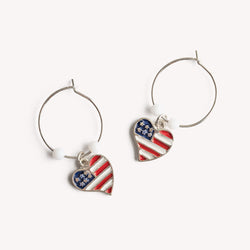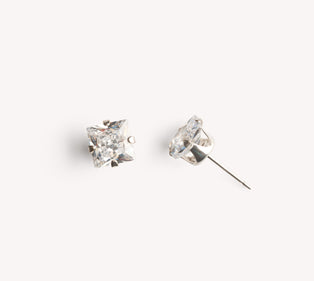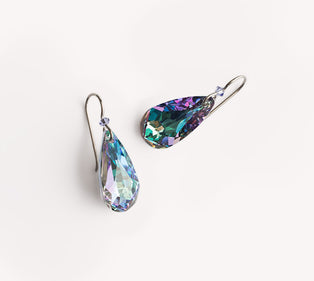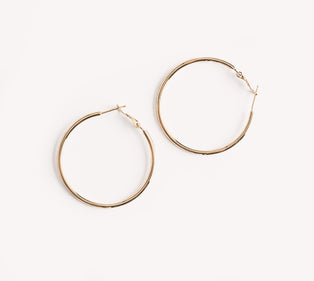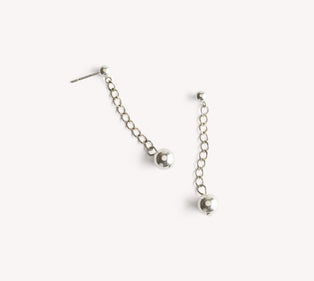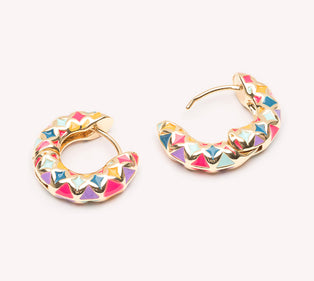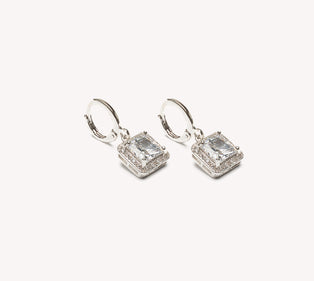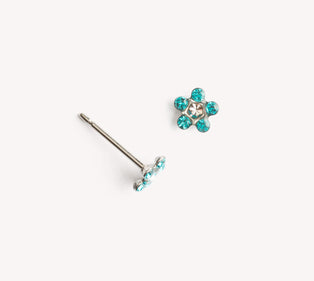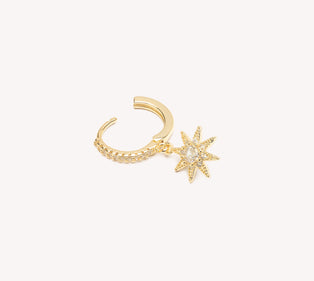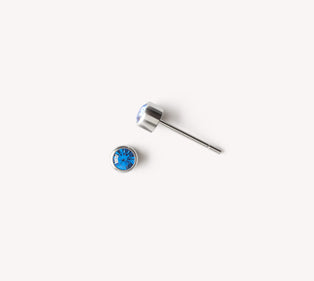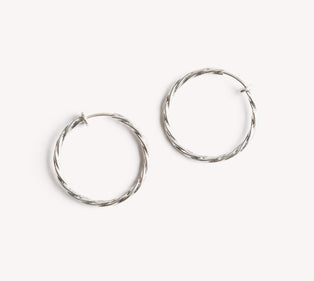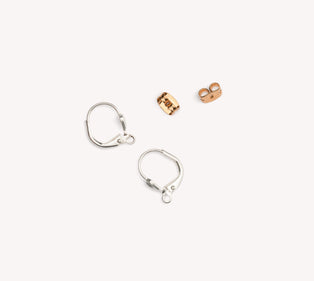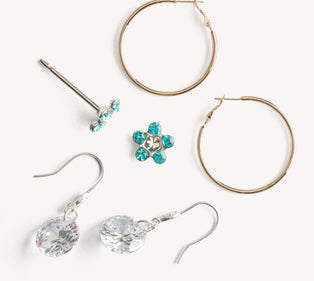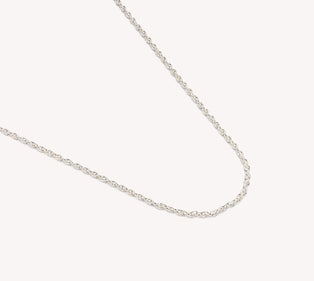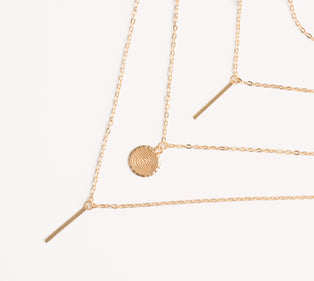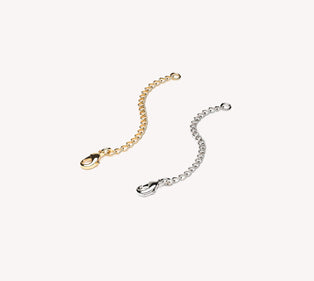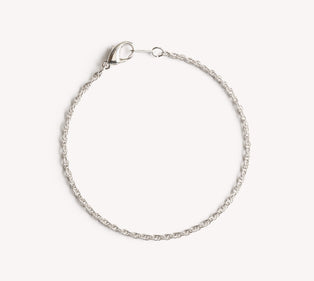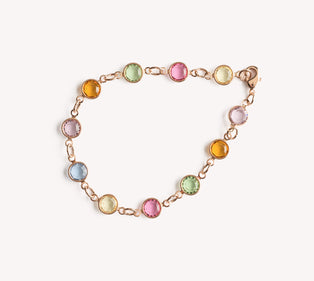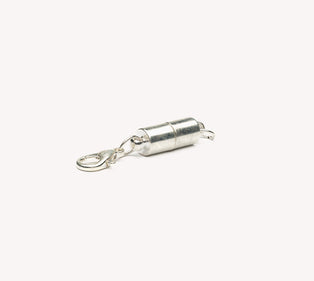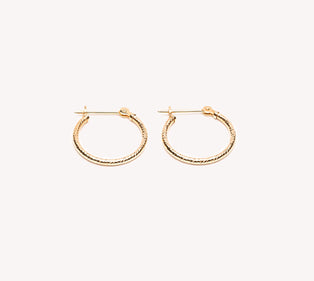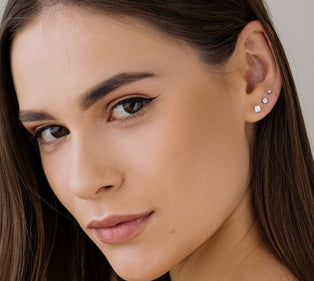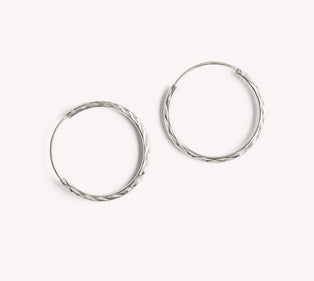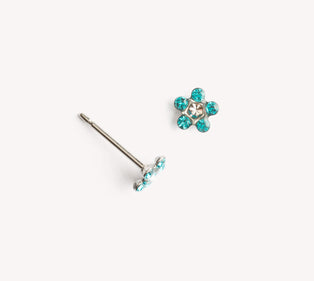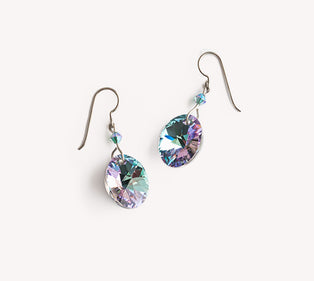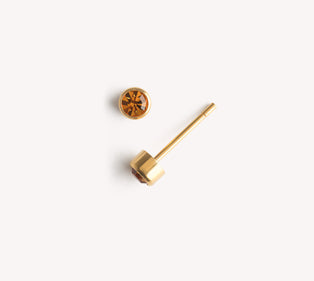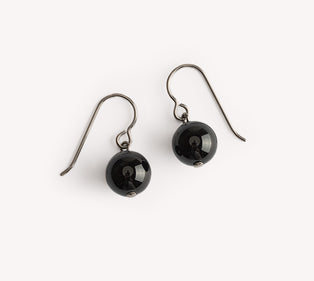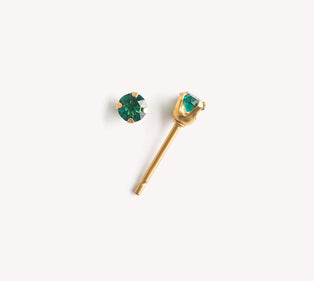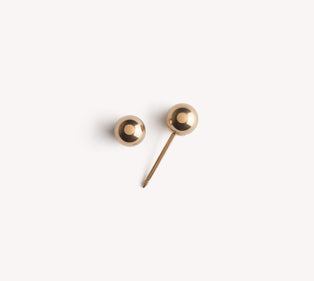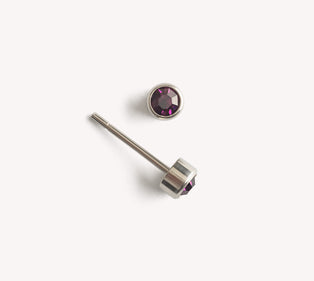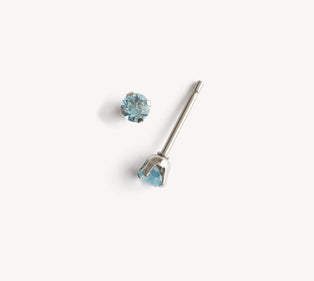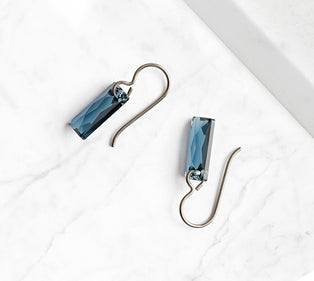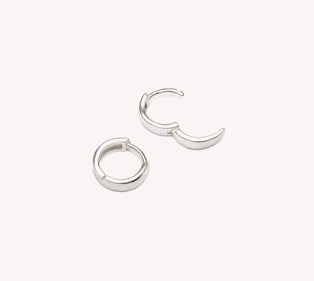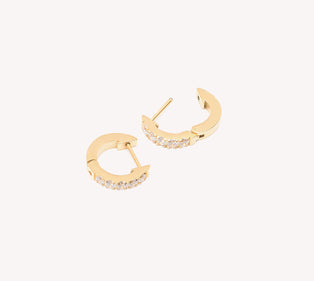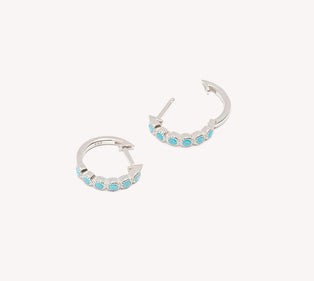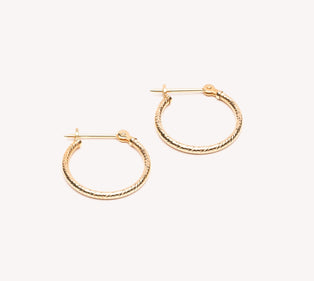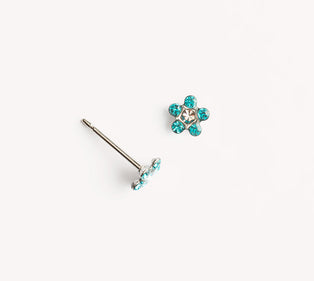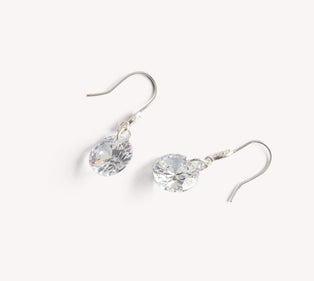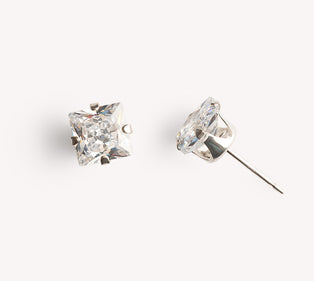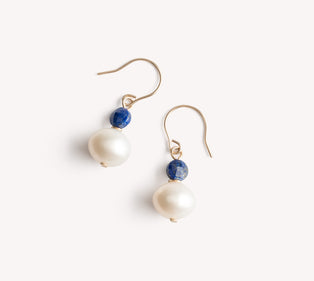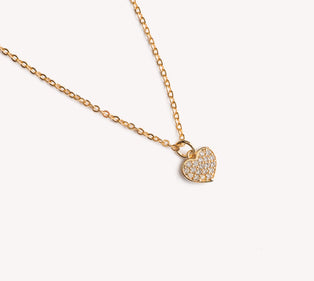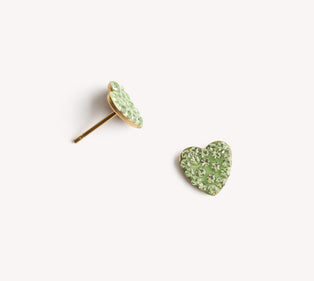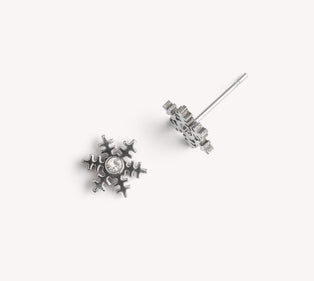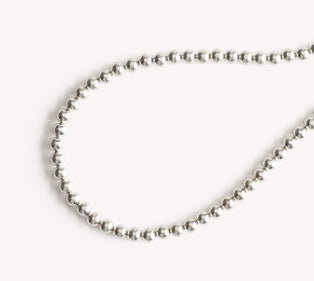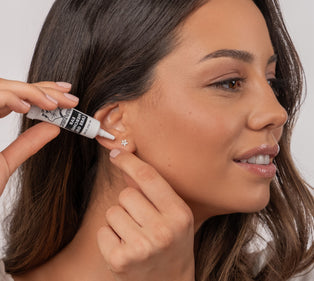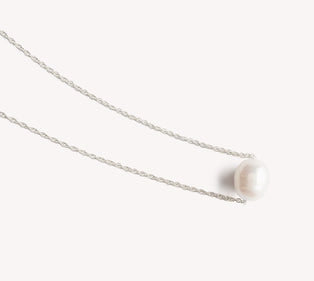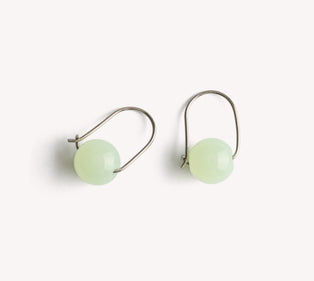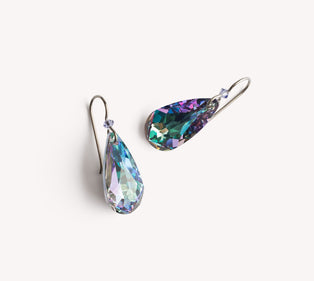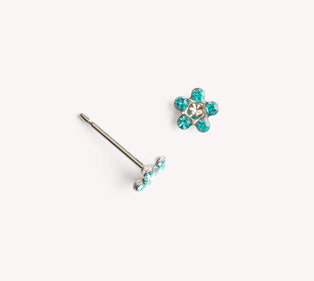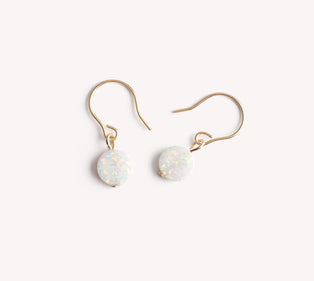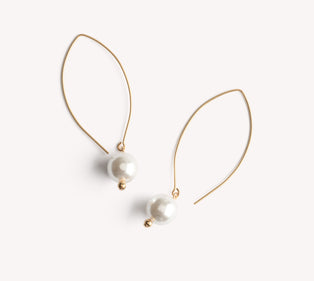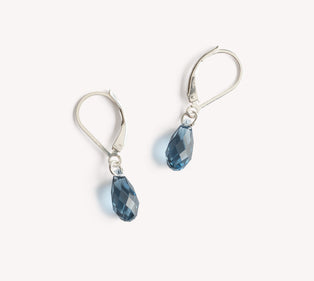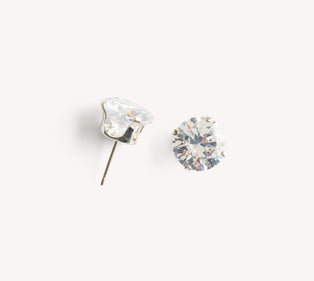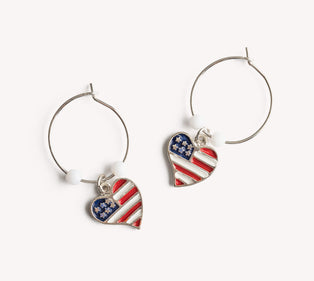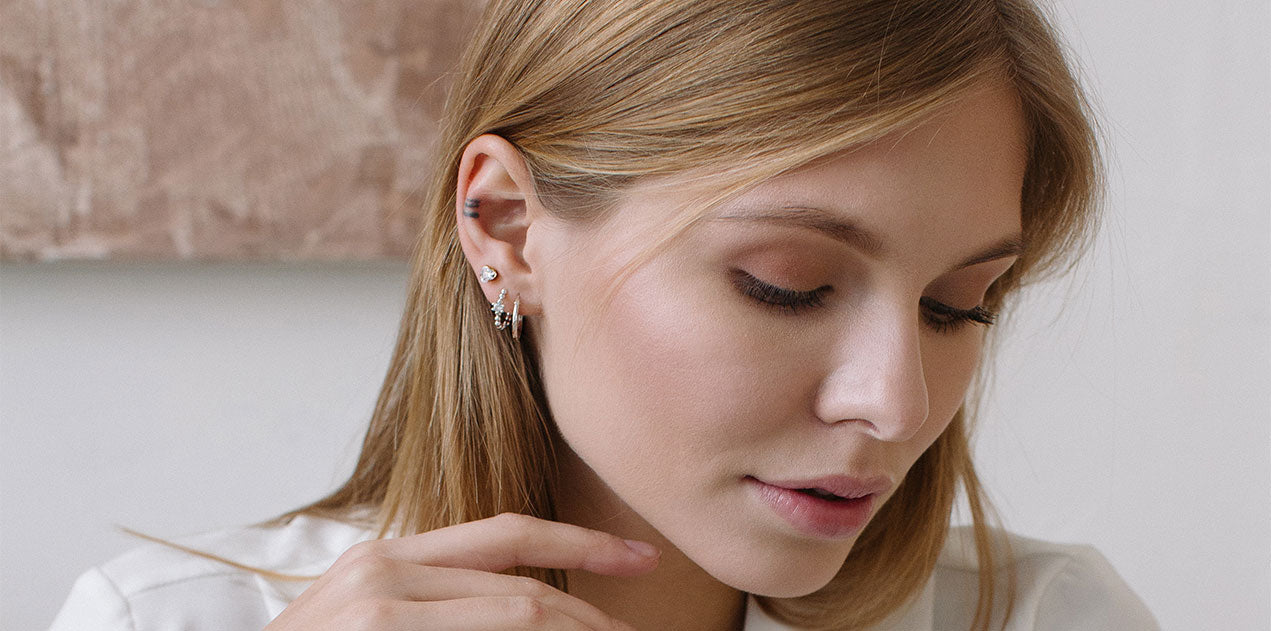
16. Feb 2021
How Long Does It Take For Ear Piercings To Heal
If you are typing into your search bar 'how long does it take for ear piercings to heal' or perhaps 'how to take care of your newly pierced ear,' then there is a good chance you either just got your ears pierced, or you are planning on doing so very soon. Maybe you are going for a standard earlobe piercing or something edgier like a conch piercing.
Whatever the case may be, there is no denying that ear piercing care and being prepared on what to expect is vital for healing success. Because of that, below is a comprehensive overview of the most common ear-piercing types, their healing times, and fundamental care tips so you can ensure you have a favorable experience.
Ear Piercing Types and Healing Durations
The first step in learning how to take care of your newly pierced ear is nailing down the type and healing duration that goes along with it. Now, as one of the most popular piercings in the United States that has withstood the tests of time, there are at least 12 popular ear-piercing styles that one can opt for.
Earlobe Piercing
Earlobe piercings are the most standard, comfortable, and fastest healing type you can get. In fact, over 80% of Americans have their earlobes pierced. In a nutshell, getting this part of your ear pierced allows for the most jewelry diversification ranging from multi-sized stud earrings, hoop earrings, and dangle earrings, and many people advocate that it hurts less than getting a flu shot.
Healing Time for earlobe piercing: 4 to 6 weeks.
Upper Lobe Piercing
An upper lobe piercing is still located on the earlobe, but slightly higher up. For this one, you can actually reach up to about 4 lobe piercings, depending on the size of your ear. Nonetheless, because this is still a fleshy part of your ear, the healing time is the same as the standard lobe piercing above.
Healing Time for upper lobe piercing: 4 to 6 weeks.
Helix Piercing
Straying away from the lobe and migrating north, the helix piercing is located on the upper edge of your ear and goes through the soft cartilage. The best part is that since this is a large area, you can have the freedom to do multiple piercings on the upper ear, which is often called a double or triple helix. If you happen to notice the area bleeding during healing, this is normal and do not take the piercing(s) out.
Healing Time for helix piercing: 3 to 6 months.
Forward Helix Piercing
If you slide your finger from the upper curve of your ear inwards to where it starts to slope and end, that is where the forward helix piercing goes. Much like the rest of the spaces, you can probably fit up to 3 studs here if you wish. Though the piercing will have to puncture cartilage for this one, a forward helix is a unique piercing to consider.
Healing Time for forward helix piercing: Usually 3 months, but it could take some individuals up to 6 months.
Daith Piercing
Nestled right within the inner curvature of the ear, the daith piercing may be more than just a beautiful spot to add a stud or a small hoop. Not only is a daith piercing look trendy and attractive, but it is claimed to help relieve those who suffer from chronic migraines and headaches as well. Though there are no studies to back it up, it is still a catalyst worth testing out if a daith piercing is on your piercing bucket list.
Healing Time for daith piercing: As long as up to 9 months to fully heal.
Tragus Piercing
Located on that small outcrop just above your ear canal, a tragus piercing is a great place to spice up your ear with both studs or small hoops. This particular spot tends to stand out exceptionally well, but just keep in mind that the process to get it pierced is slightly more complicated than the ones already mentioned because the tragus contains a thick amount of cartilage. Furthermore, this area is more prone to getting infections, so proper after-care is pinnacle to ensure that yours stays clean and healthy.
Healing Time for tragus piercing: 3 to 6 months, but some claim it took up to 8 months.
Anti-Tragus Piercing
Much like the name, the anti-tragus piercing is on the opposite side of the tragus, just above the earlobe. Usually, a curved barbell or a stud works the best for this area, but it is suggested to wear a dedicated anti-tragus ring to optimize healing, as the movement of a hoop could easily irritate and slow down the recovery time.
Healing Time for anti-tragus piercing: 3 to 6 months.
Rook Piercing
If you want to get a rook piercing, make sure you are going with a trained professional who has experience with this process. A rook piercing sits on the inside, upper part of your ear where the fold is. This procedure can be quite intense for some people, and it does take a long time to heal entirely.
Healing Time for rook piercing: 10 months to a year.
Conch Piercing
Did you know that the conch piercing earned its name because the location looks like a conch shell? In summary, there are two different conch piercings you can get - the inner conch and the outer conch. Both are very appealing, and the pain levels tend to die down after a few days.
Healing Time for conch piercing: 3 to 9 months, depending on how well you take care of it and how your body reacts.
Industrial Piercing
The industrial piercing has been a noticeable trend over the last decade. This piercing does come with some pretty high pain as it requires two separate holes on the upper part of the ear cartilage to connect the barbell jewelry. Actually, many piercing enthusiasts advocate that an industrial piercing is the most painful type, but also very worth it in the end.
Healing Time for industrial piercing: 6 to 9 months.
Snug Piercing
A snug piercing is a horizontal piercing that goes through both the outer and inner part of your ear. It sits directly across from the helix and does require two separate perforations. Note that you can choose to use the outer rim of your ear instead, which means there will only need to be one perforation.
Healing Time for snug piercing: up to 6 months and must be cleaned 2-3 times a day with saline solution.
Transverse Lobe Piercing
Last but not least, the transverse lobe piercing may be located on the lobe, but it does not go from front to back. Instead, this style goes side to side at an angle, similar to an industrial piercing. But instead, this piercing is located on the bottom part of the ear, and you can only see the tips of the jewelry bars.
Healing Time for transverse lobe piercing: 2 to 3 months, sometimes up to 10 months.
Conclusion - Irritated Piercings and Infections
With the styles and durations laid out above, now let’s get into the side of ear piercing that everyone wants to avoid - irritation and infections. Yes, some piercings are more prone to infections than others, but with the right knowledge on how to take care of your newly pierced ear, you can build a solid defense against it.
In general, each piercing type may need more care and attention, and your piercer will be able to give you those necessary details based on what you have done. But some things that apply no matter what include:
1. washing your hands before touching your piercing site;
2. never removing the piercing during healing as it can cause the hole to close up and even trap infections inside;
3. using a cotton swab with piercing aftercare solution to clean it 2-3 times a day.
As a final note, it is not uncommon to discover an allergic reaction to certain metals or witness irritation caused by the type of jewelry. In such cases, you will be required to switch out your jewelry to nickel-free and hypoallergenic jewelry.
In addition, sometimes the body does reject piercings without a specific cause like mental allergies. This is when the body strives to push out the foreign object rather than building scar tissue around it like it should, making you vulnerable to scarring and infections because your skin is breaking open. If this happens to you, the best thing to do is consult with a qualified piercer on what your next steps should be.
